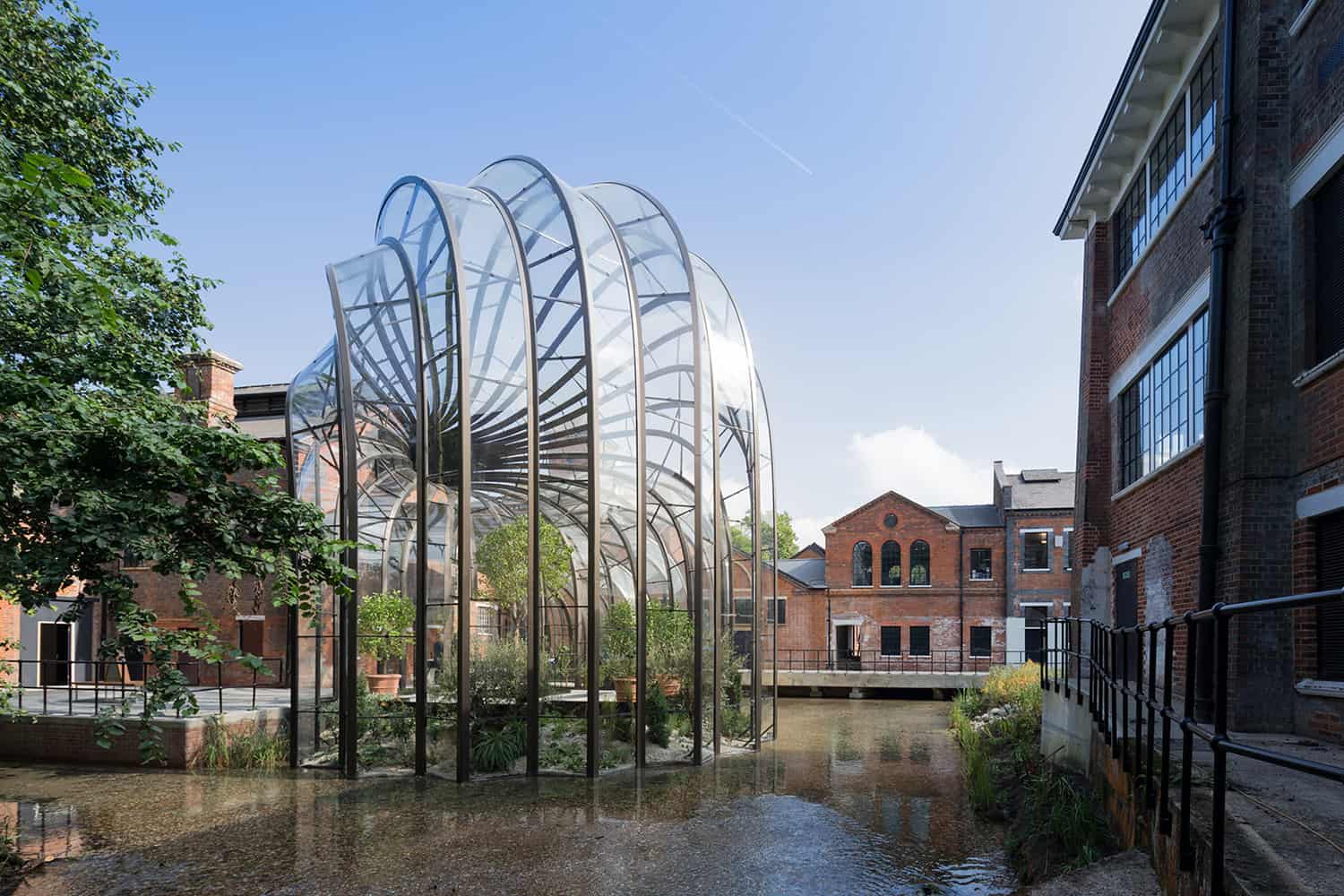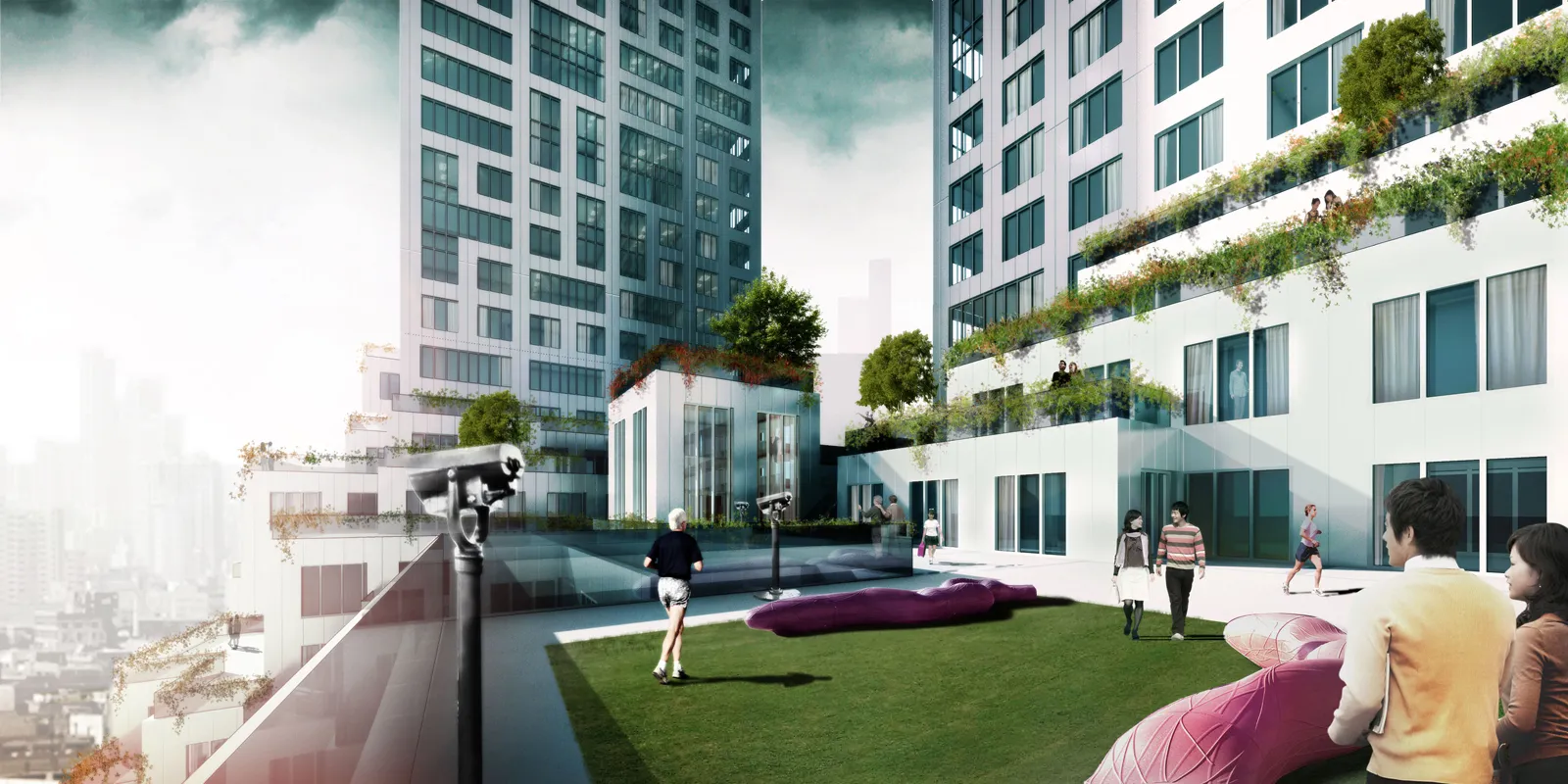Imagine trying to sell a property using just a blueprint and a little imagination—sounds challenging, right? That’s where CGI (Computer-Generated Imagery) architecture rendering comes in. What once required hand-drawn sketches and physical models has now evolved into hyper-realistic 3D visuals that bring architectural designs to life before a single brick is laid.
From its early beginnings as a simple visualization tool to its role in revolutionizing real estate, interior design, and urban planning, CGI rendering has changed the way we conceptualize and present architecture. In this article, we’ll explore the history of CGI in architecture and the many benefits it offers in today’s digital world.
A Brief History of CGI in Architecture

Image Source: Pixabay.com
Architects previously used only hand-drawn blueprints until modern times. Technology brought forward a fresh epoch as time progressively progressed. The film technology known as CGI began appearing inside architectural design studios in addition to movie theaters.
The digital approach made a hesitant appearance when only a small number of people used it early on. Ethical editorial made its first commercial appearance in architecture visualization before revolutionizing the field by replacing plain 2D drawings with vivid realistic 3D designs starting with building basics then adding CGI furniture to create interior designs.
Applications of Architectural CGI
1. Architectural Visualization
The primary use of CGI in architecture produces realistic three-dimensional renderings and building walkthrough animations as visual representations of architectural designs. Building design professionals utilize this technology to relay innovative concepts through visually appealing presentations that both clients and stakeholders can comprehend easily.
A 3D model built using CGI software enables users to witness various lighting effects, material options, and landscaping possibilities of their project design. A higher level of craftsmanship exists when architects use excellent 3D printers for architects to produce miniatures from their computer-generated designs.
2. Urban Planning and Development

Image Source: YOLVING on Pixabay.com
Urban planners and city officials utilize computer-generated 3D architectural modeling to mimic entire cityscapes and urban developments. This technology helps in simulating the impact of new structures on the existing cityscape and allows for better decision-making in terms of zoning, traffic flow, and infrastructure development.
Additionally, these public officials can use these computer-generated images in public forums to get input from their constituents. Taxpayers can vote on proposed projects with a clear idea of the scope and results of the undertakings. 3D visualization and CGI rendering in architecture are critical in ensuring everyone is on the same page.
3. Interior Design
Through this technology interior designers obtain better tools to demonstrate their project ideas. Through the rendering technique in CGI images, designers can build detailed, precise versions of interior areas that present complete photographic quality representations of installation illumination as well as decorative elements. The technology helps clients understand the end product so their decisions are based on accurate expectations even before construction work starts.
4. Historical Restoration
Engineers use CGI to restore historical sites and buildings through preservation work. With this technology, architects can rebuild original compounds and visual designs of structures that have faced damage or modifications over time to assist in restoration activities.
Benefits of CGI in the Architecture Industry
1. Enhancing Visual Representation
Building or space visualization from basic two-dimensional sketches represents a challenging experience for many people. You cannot grasp the symphonic performance because of one individual note. Architects now have CGI as their intelligent scientific tool to create realistic architectural representations.
The remarkable 3D capabilities of present-day technology allow architects to develop authentic three-dimensional replicas of their architectural designs. Designers can observe sunlight patterns on walls, feel wooden floor textures, and feel sunset reflections on panes before constructing the foundation.
Traditional methods proved invaluable yet they limited the dimensions for viewing projects. CGI technology operates similarly to wearing magical optical equipment.
The design qualities emanate from each architectural space and every design detail reveals itself in full visual effect. CGI technology displays the complete array of intricate facade patterns, gentle stair curves, and inviting blue swimming pool planning alongside numerous other precise design details.
The best part? The animated images provide more than graphic aesthetic value. The technology serves a vital purpose by letting both architects and clients observe future results while connecting abstract ideas to concrete reality. The visual technology of CGI allows architectural visions to come alive as complete scenes that animate in front of viewers' eyes.
2. Real-Time Modifications & Client Interaction
During a design discussion with an architect, you would sit together to create plans for your desired home. Your demonstration allows users to adjust digital models that appear instantaneously in front of your eyes. Presto! The wall which you wanted to relocate? Done. The window with a bay style that you had envisioned? Added in a jiffy. This is the magic of CGI.
The primary benefit of using CGI in architecture delivers immediate design flexibility. The modern era no longer requires extended waiting periods for new drafts nor does it allow dissatisfied feelings due to imperfect design choices. The process of CGI creates faster feedback cycles which enables architects to create more active partnerships with their clients while producing productive results.
The interactive nature of these systems ensures that the project completion matches precisely what clients envisioned. Uneven precision is possible in digital clay sculpting, which leads us efficiently toward completed architectural excellence.
3. Virtual Reality (VR) and Augmented Reality (AR) Integration

Image source: Vinicius "amnx" Amano on Unsplash.com
If you think CGI alone is mind-blowing, brace yourself for when it joins forces with Virtual Reality (VR) and Augmented Reality (AR)! It's like stepping into a sci-fi movie, except this is our exciting reality today.
CGI technology becomes exceptional after it connects with Virtual Reality (VR) and Augmented Reality (AR) systems. We now live in an exciting reality that resembles the future depicted in science fiction movies.
VR technology enables architects, along with their clients, to see their designs in person through virtual traveling via headsets. Do you want to visit the penthouse balcony view or walk through a fresh new park? The delay for construction builders no longer exists because Virtual Reality lets you experience developments before they exist.
AR systems embed virtual designs directly into actual environment observations. Using your device to aim at undeveloped land allows you to witness the construction of your future home as it develops before your eyes through the device window. This useful device delivers a perfect combination of physical and digital elements to show users what spaces will become.
The world of architecture is transforming due to VR and AR technologies, which allow architecture professionals to experience their designs in practice rather than just observation.
4. Cost and Time Efficiency
Alright, let's talk about something we all love: saving time and money. The superhero role in this story belongs to CGI. But it truly is!
Before the digital age, architects commonly created physical models or mock-ups of their designs. These attractive design models came with high expenses and time demands. Any modification to the design concept required architects to begin everything anew or execute complex modifications.
The appearance of CGI transformed the professional design process to a groundbreaking extent. Digital visualization technology eliminates the necessity of producing many physical models.
The implementation of detailed visual materials helps speed up the approval procedures. The process of exchanging sketch designs through back-and-forth interactions has now been replaced by immediate client visualization and approval of design elements.
The speedy process helps minimize the expensive modifications that construction projects typically demand. The solution helps design teams decrease errors while saving money on rework and making decisions more efficiently.
The valuable nature of time enables CGI to create the ideal framework between efficient design processes and creative freedom. architectural 3D rendering services enable clients to save time and receive monetary benefits.
5. Environmentally Friendly
CGI functions as a genuine partner for the current environment which demands complete green initiatives. Virtual technology allows for resource conservation and waste reduction because outdated model materials are no longer disposed of.
CGI saves time and travel resources through its provision of virtual site tours. The use of CGI leads to two key benefits which help conserve precious time together with minimizing travel-related carbon emissions.
In essence, CGI champions a sustainable approach to architectural design and visualization. The responsible design process extends beyond making aesthetically pleasing areas toward achieving responsible creation.
A New Era in Architecture

Image Source: yangzuming7777 on Pixabay.com
The revolutionary combination of CGI with VR and AR technologies has transformed architectural work. CGI enables impressive visual displays while providing functional cost reductions, optimization benefits, and sustainable development support.
We are currently standing at the merging point between technology and art, where people can imagine what new inventions lie ahead. CGI technology allows us to build dreams through digital excellence while creating inspirational prospects for the coming times.
Featured Image Source: Maxim Tolchinskiy on Unsplash.com













